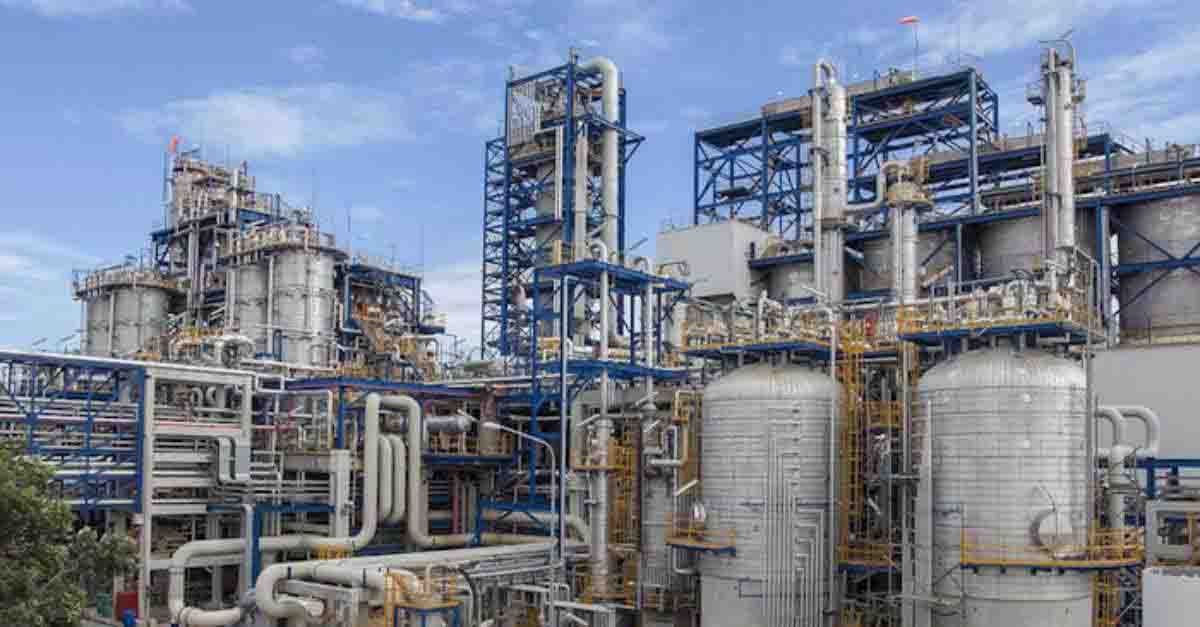
Unlock Industry-Leading Integrations with Meridian Cloud API
Meridian Cloud API provides powerful integrations with ERP, EAM, and CMMS platforms. Synchronizing systems ensure asset data and information are ...
Solutions
Workplace Management Solutions
Real Estate Management Solutions
Maintenance Management Solutions
Energy Management Solutions
Engineering Document Management Solutions
Asset Management Solutions
Automate campus scheduling for classes, meetings, and exams with our EMS software.
Plan and manage conferences effortlessly with EMS software to impress guests and streamline operations.
Boost workplace flexibility and maximize space use with seamless desk and room booking.
Organize workplace or campus events smoothly, creating memorable experiences.
Optimize workspace, manage allocations efficiently, and reduce costs with our space management solutions.
Deliver projects on time and within budget by improving communication, collaboration, and efficiency with our software.
Streamline lease accounting for ASC 842, IFRS, and GASB compliance.
Manage leases efficiently by tracking key dates, analyzing costs, and ensuring compliance.
Centralize data and analytics for better insights, faster negotiations, and revenue growth.
Centralize facility and asset maintenance, automate work orders, and ensure compliance with our CMMS software.
Extend asset life, reduce downtime, and prevent costly repairs with data-driven monitoring.
Prevent equipment failures and extend asset life by detecting and addressing issues early.
Make sustainable, cost-efficient energy decisions by monitoring and optimizing power consumption.
Remotely monitor and control equipment with real-time data to predict issues, boost efficiency, and reduce downtime.
Easily share and collaborate on documents, creating a single source of truth for engineers and contractors.
Manage and analyze assets across their lifecycle to schedule maintenance, reduce downtime, and extend lifespan.
Improve visibility, automate work orders, and ensure compliance for efficient facility and asset management.
Resources
Browse our full library of resources all in one place, including webinars, whitepapers, podcast episodes, and more.
Support
Looking for access to technical support, best practices, helpful videos, or training tools? You’ve come to the right place.
About Accruent
Get the latest information on Accruent, our solutions, events, and the company at large.

A pre-startup safety review cannot be underestimated. Learn why it matters and how to get it right with effective management.
A pre-startup safety review (PSSR) is a crucial part of any process safety management program (PSM), and it is the final step to ensure safety and efficacy before bringing an updated or new process online.
That said, there is often a temptation to rush this process or skip key elements of PSSR due to time constraints or budget pressures, and this has been an ongoing issue in asset-heavy facilities.
Ultimately, proper PSSR actually starts with an effective change process to help increase visibility of the scope and ensure a smooth PSSR. Here, we will discuss common PSSR oversights and how to properly address them with effective change management and document management.
In the big picture, PSSRs are built to avoid workplace incidents and resultant equipment damage or employee harm – and improperly implemented PSSR can cause major disasters or even death. In 2005, for example, improper PSSR at the BP Texas City refinery led to 170 injuries and 5 deaths, and there are many similar incidents on record.
It is an important process to take seriously and to ensure you get right.
Download the Free Pre-Startup Safety Review (PSSR) Checklist to identify hazards, ensure operational readiness, and start up safely with confidence.
The challenge with any person-dependent process is ensuring quality engagements from everyone involved. When time gets tight and work stress elevates, the following deficiencies often arise:
That is why, in 1992, OSHA implemented the PSM program.
PSSR regulations, specifically, are discussed in OSHA 29 CFR (Code of Federal Regulations) 1910.119(I). These regulations state:
1. The employer shall perform a pre-startup safety review for new facilities and for modified facilities when the modification is significant enough to require a change in the process safety information.
2. The pre-startup safety review shall confirm that prior to the introduction of highly hazardous chemicals to a process:
This OSHA regulation and the rules that it lays out are important. Ultimately, a well-executed PSSR process can help ensure that new or updated processes and assets:
It can also help ensure that the right procedures and process documentation are in place, that all relevant training has been completed, and that a PHA has been conducted.
There are many moving parts to getting PSSR right, and it can be difficult to maintain organization and clarity. More than anything, proper PSSR execution requires effective change management and document management.

Step one with PSSRs is to ensure the change management process is there.
That means ensuring that the right people are on board and modifying their behavior to adopt the new process you are trying to implement. There are many tools and techniques used to properly guide your people through this process, and it is supremely important. After all, if your employees are not embracing, adopting and utilizing a change then it will not be effective.
To this end, a tool like Accruent’s Meridian engineering document management software can help. With engineering document management software, you can make sure that all relevant documents and elements are housed inside a single tool.
Meridian, specifically, is designed to facilitate these changes and reviews by defining the owners, highlighting the tasks associated, managing the changing documentation, and owning the relationships between these documents and your physical assets. At the same time, Meridian allows the appropriate team members to see the entire process to better ensure a complete scope is considered for all changes.
Additionally, Meridian allows you to:
This can help streamline the change management process and ensure that everyone is on the same page at all times.
Oftentimes, businesses do not have the right people on board to ensure that a PSSR is properly carried out. This is a recipe for PSSR failure, as getting it right requires both qualified employees and a safety-minded, knowledgeable management team.
To correct this, you should assemble a multi-disciplined, comprehensive team to help carry out the PSSR and any follow-up activities. This should include personnel from design and construction, safety, engineering, maintenance, operations, instruments and controls, and supervisors.
You should also include those who need to review and approve the changes, along with relevant documents like anything happening in parallel that would ultimately be classified as an engineering documentation change.
As the PSSR process continues, it ultimately becomes a maintenance and operations process. This makes sense if you think about it: PSSR is a form of preventive action, or action that is taken to avoid a potential negative outcome down the road. But eventually that turns into continuous improvement. There will always be change, and that change must be continuously monitored to ensure safety and efficacy.
This is where a PSSR is a key part of MOC (management of change) which will include cross-functional reviews and approvals. The goal here? To use the information at hand to increase product quality, reduce costs and increase production efficiency.
Again, organizational technology can help here by allowing you to automate each step of your MOC workflow. That way, you can efficiently collect change ideas, formalize the analysis of the ideas, and document the approval and execution of the change.
You can also analyze the current state or the health of your MOC and PSSR processes to ensure ongoing success and create an atmosphere of “no surprises.”
The traditional PSSR roles are engineering and maintenance, but in today’s heightened environment of oversight and regulations, maintenance and operations cannot successfully operate without including EHNS and compliance organizations.
A properly structured PSSR, then, will include a broad cross-functional team, including:
A well-executed Pre-Startup Safety Review (PSSR) is essential for ensuring workplace safety, regulatory compliance, and operational readiness before equipment or processes go live. Whether you're commissioning new machinery, restarting systems after maintenance, or modifying operations, following a structured PSSR execution process minimizes startup risks and supports long-term performance.
Below is a step-by-step guide to executing a PSSR efficiently and effectively.

The PSSR process begins when a qualifying event occurs—such as the installation of new equipment, significant process changes, or the conclusion of major maintenance work. At this stage, the facility’s project manager or EHS lead initiates the review and assigns responsibilities.
A successful PSSR requires input from multiple departments. The review team typically includes representatives from:
This collaboration ensures a well-rounded review and helps identify hazards across technical, procedural, and safety domains.
Before any field walkthrough, the team reviews critical documentation including:
Having current, approved documentation in place is crucial for a compliant PSSR.
The core of the PSSR is a structured, physical inspection of the facility or equipment. The team evaluates:
Issues identified during the walkthrough are logged for corrective action.
Using a standardized or digital PSSR checklist, each item is reviewed and documented. Leading organizations use CMMS or EAM software—like Accruent’s Maintenance Connection—to complete, store, and track checklist progress. Digital systems help reduce paperwork, improve accuracy, and ensure accountability.
No startup should proceed with open safety issues. Action items are assigned to responsible team members and tracked to completion. Using facility maintenance software helps automate notifications, streamline resolution, and provide a digital audit trail.
Once all PSSR checklist items are completed and validated, a designated authority—often the operations manager or safety officer—formally approves the startup. This sign-off is recorded and stored for audit and compliance purposes.
Completed PSSR documentation—including checklists, approvals, and corrective actions—must be securely stored and easily retrievable. Solutions like Accruent’s Meridian ensure document control, version history, and secure access during inspections or audits.
When it comes to change management and effectively updating or altering your systems, remember that speed is never as important as accuracy. Effective PSSR – facilitated by an engineering document or information management system like Meridian – can help ensure that accuracy so you make safe, effective changes throughout your organization.
What’s more, Meridian can provide easy, auditable proof of a well-executed PSSR so if you get audited by OSHA your business is prepared.
Learn more about the engineering document management platform.
Meridian Cloud API provides powerful integrations with ERP, EAM, and CMMS platforms. Synchronizing systems ensure asset data and information are ...
Discover four ways Meridian EDMS’s document version control functionality can increase collaboration while decreasing project turnaround time.
Streamline your processes and ensure teams receive quick access to changing asset information with Accruent's new functionality and integration ...
Subscribe to stay up to date with our latest news, resources and best practices.
* To unsubscribe at any time, please use the “Unsubscribe” link included in the footer of our emails.